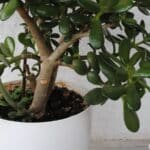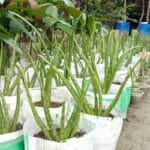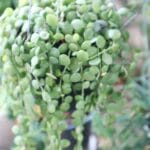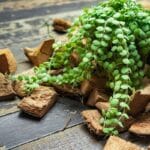The Karoo rose is probably one of the most unique plants you will encounter in your gardening journey, so distinctive that it is the only one of its kind.
Currently considered as a rare succulent, it is making a name in the ornamental scene for its peculiarly attractive leaves and growth habit. If you enjoy the beauty of lithops, the Karoo rose is absolutely worth your attention too.
What is a Karoo Rose?
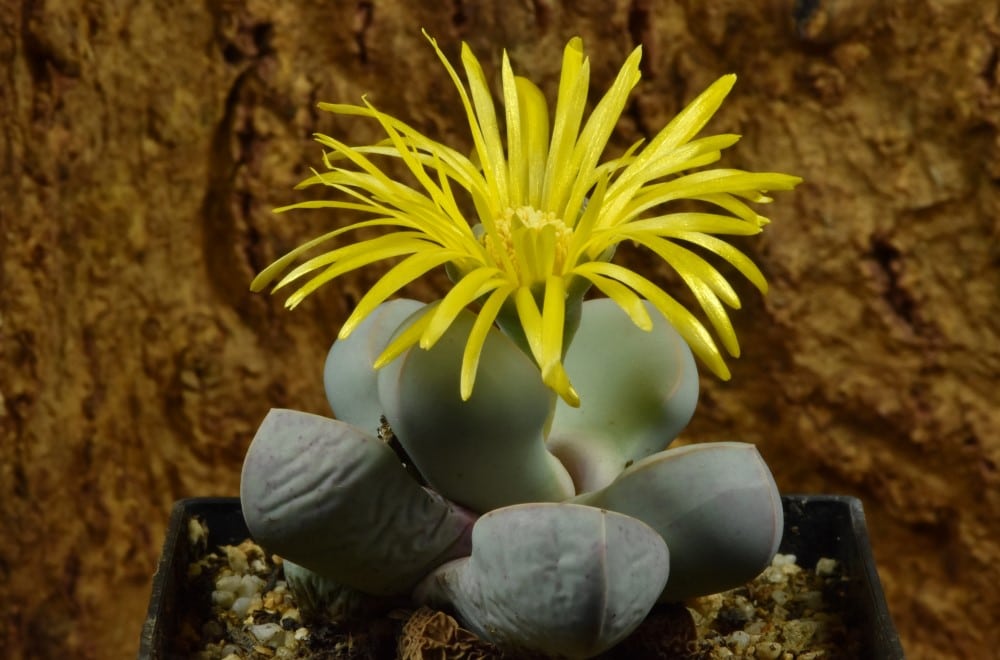
Lapidaria is a genus under the Aizoaceae family originating from South Africa. A monotypic plant genera, it only has one species, Lapidaria margaretae which is more commonly known as Karoo Rose.
The quaint plant has undergone several name changes so some literatures may refer to it as Mesembryanthemum margaretae, Argyroderma margaretae, and Argyroderma roeatum (1).
As the Latin name suggests, this stemless plant has leaves that resemble columns of crystal-like stones emerging from the ground. Stone crevices, loose stones, and rocky deserts serve as the natural habitat to the Karoo rose.
Each thick greyish-white leaf is pinkish at the base and has 3 sides. The leaves grow in several pairs, stacking up perpendicularly one after another. In autumn to early winter, the Karoo rose surprises with an impressive fragrant golden daisy-like flower (2).
What is the Difference Between Lithops and Lapidaria?
Lapidaria, closely related to Lithops, are unique and fascinating succulent plants known for their pebble-like appearance.
One of the most noticeable differences is in their flowers. Lithops feature daisy-like blooms in various colors and Lapidaria showcases solitary, star-shaped flowers in shades of yellow or orange. Finally, Lithops tend to grow in clumps, while Lapidaria are solitary plants.
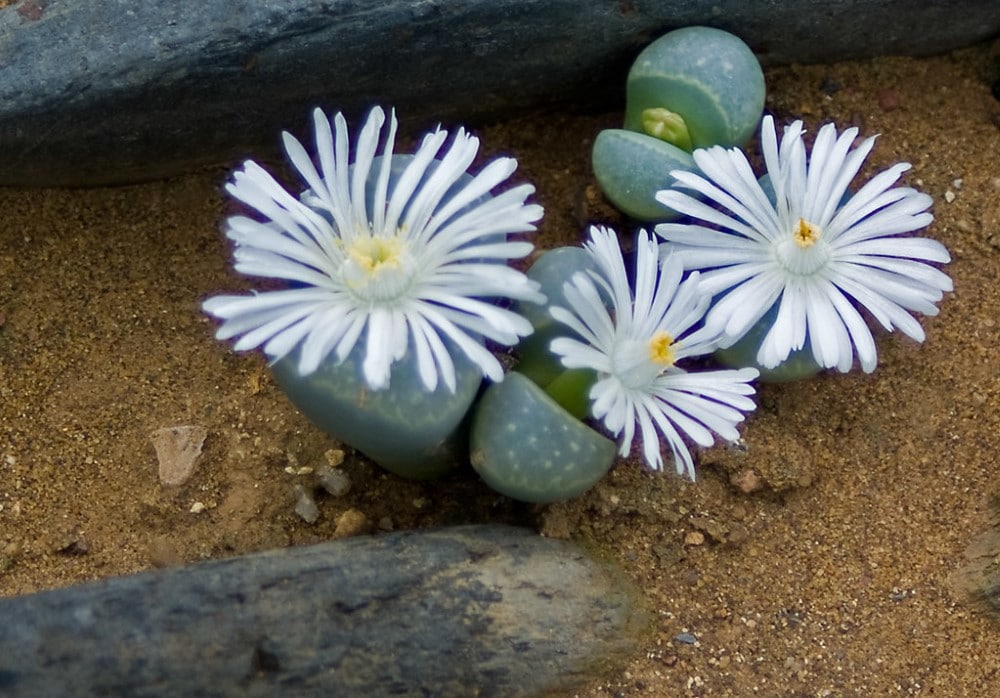
Lithops have rounded leathery leaves with flat colored tops and appear one pair at a time. On the other hand, Lapidaria has pyramid-like leaves that appear in 2-4 leaf pairs (3).
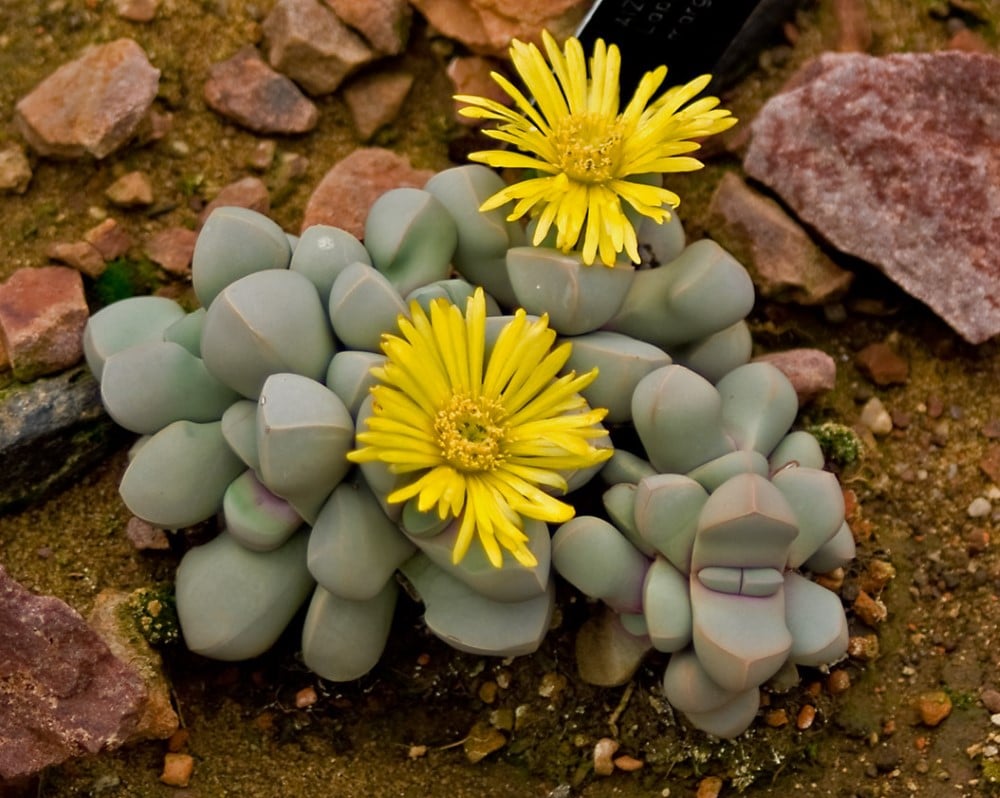
Is the Karoo Rose Toxic?
The Karoo rose is a fairly safe plant to grow indoors. It is not considered toxic to pets but they may swallow the plant and choke on it. Considering the worth of this plant, it is best to keep it out of pets and toddlers’ reach.
How to Grow and Care
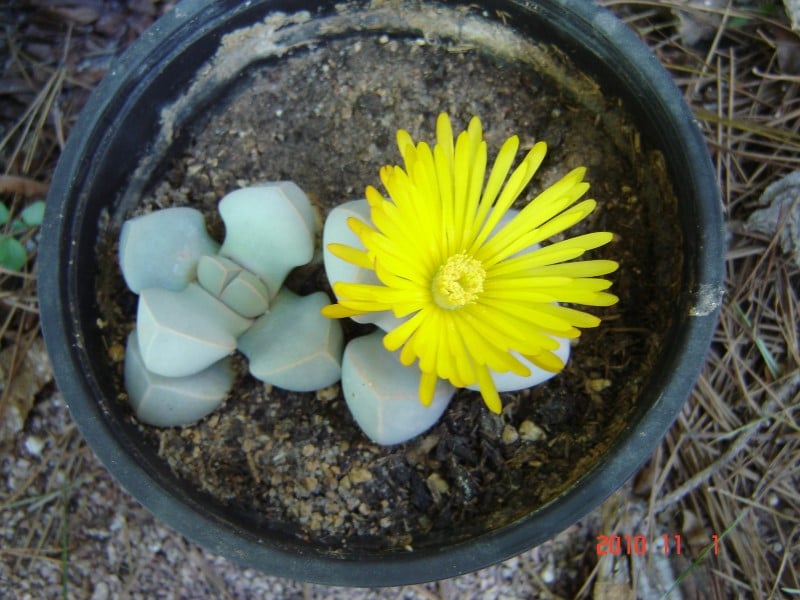
Similar to growing other succulent species, we need to understand the important factors such as water, moisture, light, pest control and propagation techniques.
Light and Water
Ensure there is adequate light exposure to maintain the form and color of the plant. Lapidaria margaretae basks in the full sun, requiring at least 6 hours of direct sunlight daily. Avoid placing your Karoo rose too close to the window if you live in northern areas because they usually stop growing until more light is available
However, be mindful of harsh afternoon bright sunlight, especially in scorching climates, as it can scorch the delicate leaves. Consider offering some afternoon shade to prevent sunburn during the hottest part of the summer.
It is also essential to ensure the pot has drainage holes to prevent overwatering, which can cause the smooth leaves to burst. The watering frequency of the Karoo rose should be at a minimum.
Their thick leaves allow them to survive long days of drought and overwatering will only cause the smooth leaves to burst. During the growing season, water it like other succulents about once every two weeks, based on how humid the air is. Then, let it drain well and dry out fully before you water it again (3).
Soil
Lapidaria margaretae requires a well drained soil mix to prevent root rot. A mix of cactus potting soil or a blend of sand, perlite, and well-rotted compost is ideal for the plant. The pot should have drainage holes to allow excess water to escape, preventing waterlogged soil.
Temperature and Humidity
Lapidaria margaretae thrives in warm climates, with a preferred temperature range of 70°F to 85°F (21°C to 29°C) during the day and tolerating cooler temperatures at night. It’s crucial to protect the plant from frost, as it’s not cold-tolerant and can be damaged at freezing temperatures below 25°F (-4°C).
When it comes to humidity levels, Lapidaria margaretae prefers a dry environment. High humidity can contribute to fungal diseases, so avoid placing it in overly humid rooms like bathrooms. Good air circulation is also essential for preventing moisture buildup around the plant.
While it can tolerate brief periods of higher humidity, aim for a humidity level between 30% and 50% for optimal growth and health. Consider using a humidifier or placing the plant near a window with good air circulation to manage humidity levels if needed.
Common pests and diseases
Aside from the occasional bursting and rotting of leaves due to overwatering, the Karoo rose doesn’t have any serious problems when it comes to diseases and pests. It may experience mealy bug and spider mite attacks from time to time but this is nothing a simple horticultural spray couldn’t solve.
Repotting
Repot your Lapidaria margaretae every 2-3 years, or when it’s rootbound or the soil compacts. Choose a pot with drainage holes slightly larger than the current one. Use a well-draining cactus and succulent mix.
Gently remove the plant, loosen the roots, and place it in the new pot. Fill with fresh soil, and water lightly, and provide bright indirect light.
After repotting, water sparingly for a few weeks and avoid fertilizer for a month. Let the roots establish before gradually increasing watering. With proper care, your Lapidaria margaretae will thrive in its new home!
Propagation and Maintenance
The Karoo rose plant forms a compact head and rarely produces clusters from a single plant. Reproducing from cuttings is possible but is risky since the plant heavily relies on its fleshy leaves which may be vulnerable to rotting and water loss when wounded.
The best way to propagate is by seed using the same method as growing Lithops. Cultivation is not very difficult as long as the seeds are sown in a coarse well-draining medium, usually made of pumice, sand, and grit.
A regular succulent or cactus mix will do once the seedlings are ready for transplanting. You can also propagate the plant by separating the new plant from the parent plant and replanting it to create a new individual plant.
Bring out the beauty of Karoo rose by planting it individually in a decorative pot, in clumps with two or three more plants for a multi-floral display in the fall or with different lithops to add color and variety (3).
FAQs
What is the habitat of Lapidaria margaretae?
The habitat of Lapidaria margaretae, commonly known as Karoo rose, is native to the arid regions of South Africa, particularly in the Northern Cape province. It thrives in well-draining, gritty soil in its natural habitat.
Why is my Karoo rose wrinkly?
Wrinkling in a Karoo rose (Lapidaria margaretae) could be a sign of dehydration or overwatering. Check the moisture levels in the soil, ensure proper drainage, and adjust watering practices accordingly to maintain optimal health.
Do succulent flowers produce seeds?
Yes, succulent flowers can produce seeds. Succulents typically produce flowers as part of their reproductive cycle, and these flowers can go on to form seeds under the right conditions.
See more: How to grow succulents from seeds
References
Reference List
(1) Hartmann, H. Illustrated Handbook of Succulent Plants: Aizoaceae F-Z. Springer Science and Business Media. 2002. P. 422.
(2) Afra, A. The Succulent Manual: A Guide to Care and Repair for All Climates. Andrea Afra. 2018. P. 211.
(3) Lapidaria margaretae. The World of Cacti and Succulents. 2010.
Close
A special thanks to Sylvain Burgaud, Francisco Pomares and Bric for allowing us to share their amazing photos!



